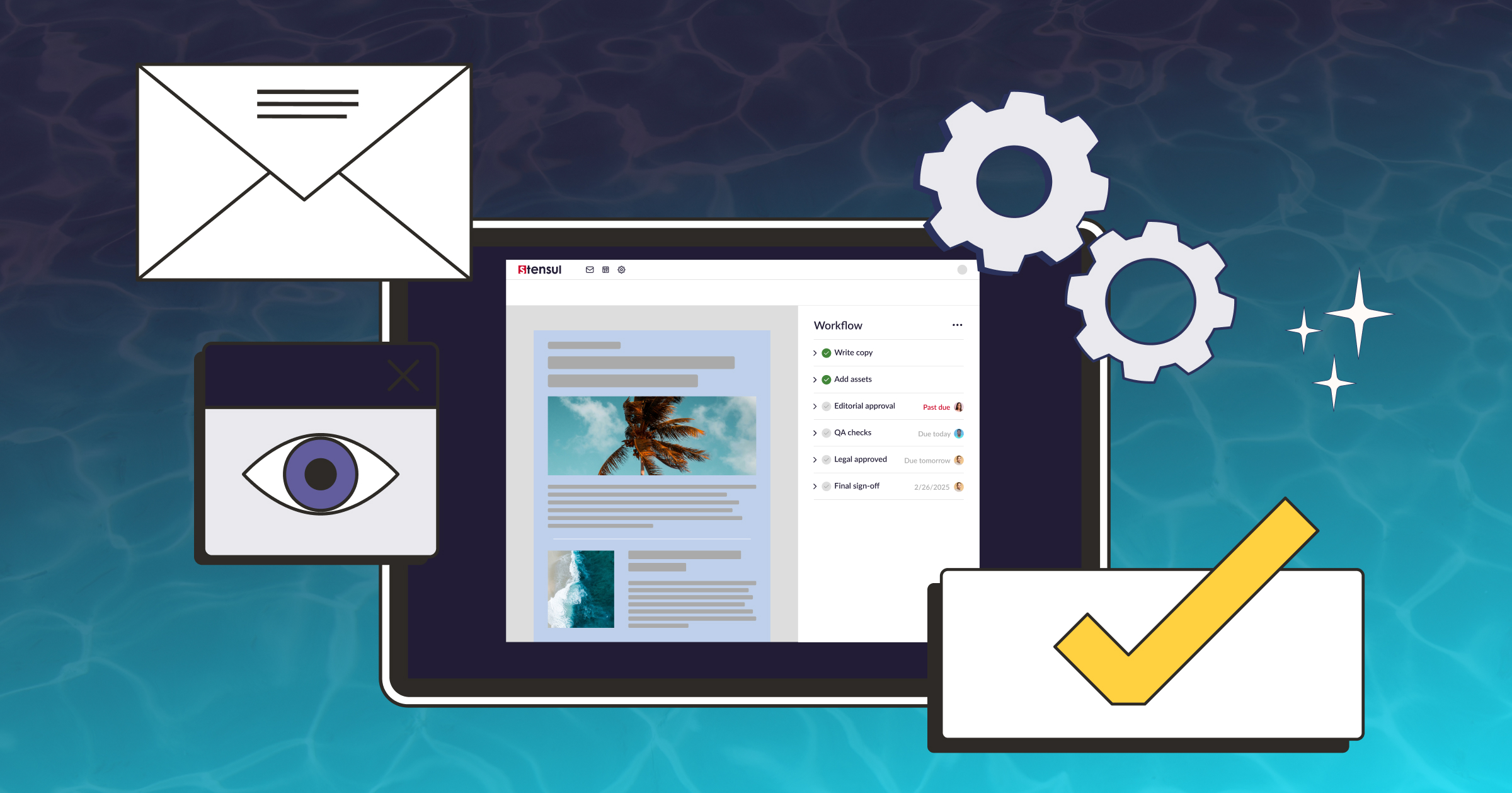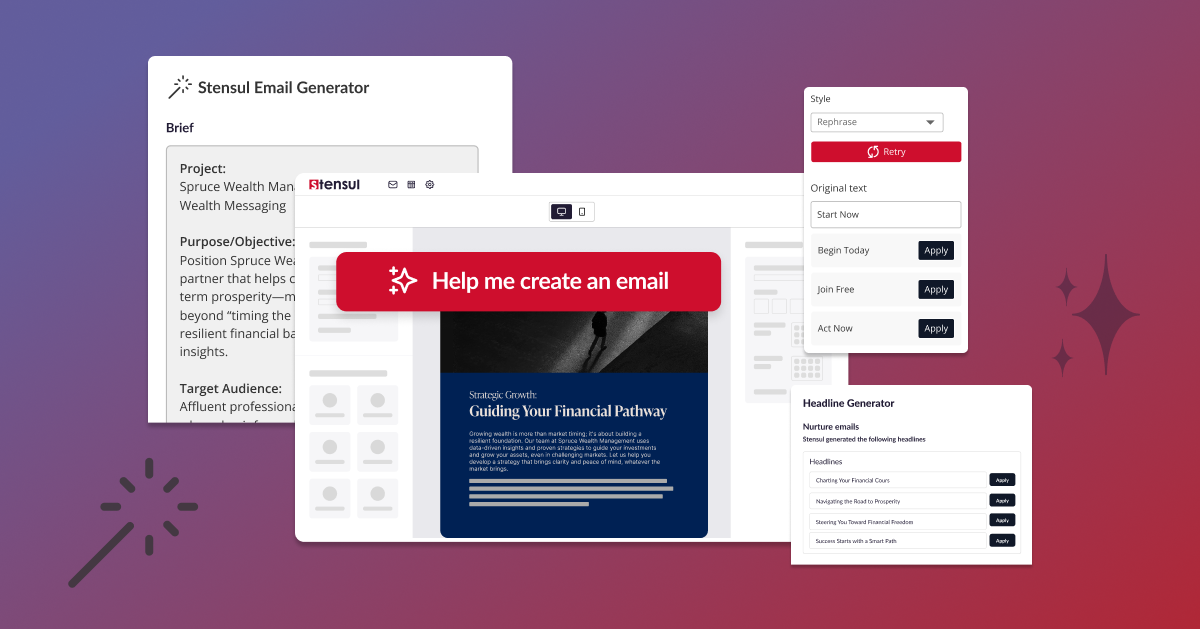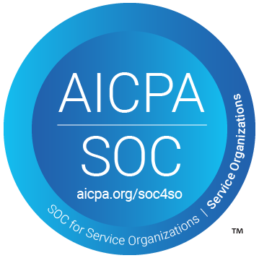Calls to action (CTAs) are uber-important to wrapping up any marketing communication. Formally, they are a direction that tells your audience to complete a desired action. But you can think of them as a way to wrap up any marketing communication with one last prompt.
You will want to include a CTA in all marketing materials you create. It’s an awesome way to wrap up that social media post. Or, add one to the bottom of your promotional email to encourage website visits. Even on your home page, you don’t want visitors to your website to wonder “what’s next?” once they leave your domain. A clear and concise call to action directs your audience to exactly what their next step should be.
Things to consider when creating great CTAs
Creating effective CTAs can be tricky. You might be tempted to revert to phrases like “click here,” “buy now,” or “learn more” all the time. However, these CTAs are overused and can lead to bored users who opt not to take any action.
Another key to creating a great CTA is making it fit your brand. Think about the tone of your brand and your marketing material. Your CTAs should reflect its vibe, whether that’s serious and somber or light and playful.
When creating CTAs, ask yourself, “What do I want my audience to do?” Do you want them to visit your website or check out fresh blog post content? Do you want them to order a new product or sign up for a trial? Choose your verbiage carefully to guide them through your desired journey.
Keep the stage of your audience’s relationship with your brand in mind when creating CTAs for specific placements. Someone that has never heard of your brand before will likely go running the other way when they see an aggressive “buy now” CTA on a banner ad.
Use CTAs in strategic ways along the buyer’s journey to move them steadily along. In ads that are meant to create awareness, use CTAs to draw your audience in. Then, use a more engaging CTA in a future promotion and on a landing page to increase consideration. Finally, seal the deal with a strong CTA to finalize the buy and land yourself a customer.
Here are some common CTA goals:
- Visit your website
- Sign up for emails
- Read more about your brand
- Download material
- Provide contact information
- Share content on social media
- Sign up for a free trial
- Purchase a product or service
The first step to crafting a CTA is considering which of these specific actions you are urging your customer to take.
Once you understand which CTA will work and where, you’ll be well on your way to accelerating your sales funnel. And you’ll encourage customers to move right along the buyer’s journey.
The five types of CTAs
Read on to learn when and how to use each of these five types of CTAs:
- Learn more
- Discovery
- Subscribe
- Social media share
- Buy now
Learn more CTAs
The “Learn more” might just be the king of all CTAs (and the most commonly used). It’s an effective way to build brand awareness and draw new visitors to your site. But you can also use it to pull them in to dive deeper into information from your landing page or home page. Plus, you can use them in a variety of placements to connect to the user.
These gentle CTAs let your audience know you are willing to provide more information about your brand. They create the understanding that you aren’t expecting them to buy right off the bat. Plus, they show you respect them as potential customers and want them to have the information they need before making a purchase decision.
Although phrases like “learn more” and “read more” are short, sweet, and to the point, there are other ways to mix up the word choices:
- “Yes, I want to know more”
- “Click here to check out more”
- “Click for more detail”
- “Give me the scoop”
- “Check out the benefits here”
Discovery CTAs
The discovery CTA encourages users to learn more about your brand. It’s used to direct users around your site to the information that’s relevant to them. It’s a close cousin to the learn more CTA and is perfect to use to build brand consideration.
These CTAs move buyers through the journey as they discover more benefits of your brand and how it can address their needs, often by asking them to check out related content or products. These CTAs are meant to feel effortless while guiding buyers to dive deeper into your site and brand info. Some ways to incorporate these CTAs include:
- Links to related articles and reading
- “View more features” CTA buttons
- “View similar products” CTA buttons
- “You might also like” sections
Subscribe CTAs
The subscribe CTA has a very specific purpose: Encouraging users to sign up for your newsletter or some other content. Use these CTAs during the lead generation phase of the sales funnel. Your goal here is to make people feel like it’s worthwhile to give you their contact info.
A key here is to have a follow-through plan. Sure, your subscribe CTA may work to initially gain email addresses. But if you don’t follow up by sending relevant and engaging content, you’ll never get readers past the lead generation phase and they will be quick to hit the “unsubscribe” button.
Make it clear that your newsletter, for example, will be unique and useful to them to encourage sign ups. Your CTA should explain what is different about your marketing emails than the countless others flooding their inbox. So use these CTAs to gather valuable email addresses and send them newsletters that will move them through the purchase journey:
- “Sign up now for the latest and greatest industry news”
- “Join our mailing list for exciting news and deals”
- “Subscribe now for delicious news and recipes”
- “Click here to join our insider list of subscribers”
Social media share CTAs
With 1 in 3 customers discovering new products on social media, a strong presence can mean big things for your brand. Using a social media share call to action can also get you exponential reach.
This is also an awesome way for your brand to engage with your audience. When users share your engaging posts you have the opportunity to interact with them. Or ask them to tag you in a conversation or share how they use your products for relatable marketing and visibility.
Add a call to action to a relevant blog post, social pages, or a product-specific landing page. Ask users for their public feedback on social media by asking them to tag your page. Here are some great ways to use social sharing CTAs:
- “Share this with your colleagues”
- “Tag @[your brand’s handle] and tell us your favorite product”
- “Post on LinkedIn/Facebook/Twitter/Instagram”
- Tag a friend that you want to share [your product] with!
Buy now CTAs
And now the ever-important “Buy now“ CTA. It’s the last phase in the sales funnel—your buyer is ready to close the deal. A call to action here promotes urgency and leads them to the final step of the purchase journey.
These CTAs are often fairly simple and straightforward. Ensure the CTA buttons stand out to make the purchase process as simple as possible. It also often makes sense to tailor them to your brand. A CTA like “Sign up” or “Subscribe now” work best for services, and “Add to cart” is better for product purchase. Variations like “Become a member” or “Add to bag” are also unique. Here are some other options:
- “Purchase now”
- “Add to order”
- “Check out now”
- “Purchase a membership”
How to create dynamic CTAs
Dynamic CTAs are powerful marketing tools. They are an integral part of moving your purchaser along your journey and deepening their experience with your brand. They can add to the overall experience and improve your marketing funnel. Understanding the different types of CTAs and when to use each can maximize your revenue and growth like never before.




